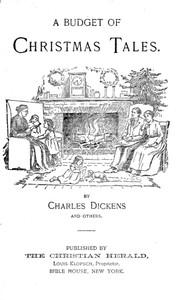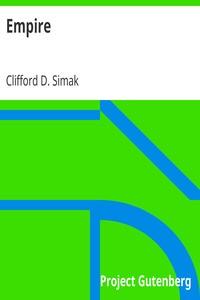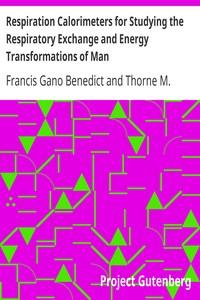Read this ebook for free! No credit card needed, absolutely nothing to pay.
Words: 27055 in 14 pages
This is an ebook sharing website. You can read the uploaded ebooks for free here. No credit cards needed, nothing to pay. If you want to own a digital copy of the ebook, or want to read offline with your favorite ebook-reader, then you can choose to buy and download the ebook.


: Notes and Queries Number 236 May 6 1854 A Medium of Inter-communication for Literary Men Artists Antiquaries Genealogists etc. by Various - Questions and answers Periodicals Notes and Queries
JOHN MURRAY, Albemarle Street.
Notes.
AN ENCYCLOPAEDIA OF VENTILATION.
Aware of the abilities and celebrity of many of the writers on this subject--from Whitehurst and Franklin to Reid and Gurney--I must ward off the imputation of self-conceit by expressing my belief that the errors of those who have failed should be chiefly ascribed to excessive cleverness; to unadvised attempts at outwitting nature! I hope to escape that snare. In the execution of my humble task, I shall entirely rely on common sense and common experience.
Architects, however, seldom provide for the ventilation of rooms otherwise than as they provide for the admission of light. Now the properties of light and air, with reference to our domestic requirements, differ in some important particulars--of which it may not be amiss to give a brief enumeration.
An attentive consideration of the above circumstances leads me to certain conclusions which I shall now state aphoristically, and proceed to describe in more detail.
A room designed for a numerous assemblage of persons--as a reading-room, a lecture-room, or a school-room--should be provided with apertures, adapted to admit spontaneous supplies of fresh air, in such variable quantities as may be required, on at least two of its opposite sides, and within three feet from the floor; also, with apertures in the ceiling, or on a level therewith, to promote the exit of the vitiated air. The apertures of both descriptions may be quite distinct from those which admit light.
Suppose a room to be twenty-four feet square, and sixteen feet in height, with two apertures for light on each side, each aperture being three feet wide by eight feet in height, and rising from the floor. There are not many rooms constructed on a plan so favourable to the admission of fresh air--but it has some serious defects. 1. The air would enter in broad and partial currents. 2. It would not reach the angular portions of the room. 3. The vitiated air might rise above the apertures, and so accumulate without the means of escape.
It being thus established that the same apertures can never effectually serve for light and ventilation, I propose with regard to reading-rooms, lecture-rooms, and school-rooms, which require accommodation for books, maps, charts, and drawings, rather than a view of external objects, that the windows should be placed in the upper part of the room--that the admission of fresh air should be provided for by ducts near the floor--and the escape of the vitiated air by openings in, or on a level with, the ceiling.
The number of windows, and their size, must depend on the size of the room. If windows are to admit light only, a smaller number may be sufficient, and they may not be required on more than one side; a circumstance which recommends the plan proposal, as we can seldom have windows on each side of a room, or even on two of its opposite sides, but may devise a method of so admitting air.
The escape of the vitiated air requires less consideration. If the ceiling of the room be flat, with another room above it, the upper part of each window, in the shape of a narrow slip, might be made to act as a sort of safety-valve; but if the windows are on one side only, corresponding openings should be made on the opposite side, so that there would almost always be, more or less, a leeward opening. A vaulted ceiling, without any other room over it, seems to be the most desirable form, as the vitiated air would rise and collect towards its centre, where there could be no counter-current to impede its egress.
It is the union of those two objects, the admission of fresh air and the riddance of the vitiated air, skilfully and economically effected, which forms the circle of the science of ventilation.
Free books android app tbrJar TBR JAR Read Free books online gutenberg
More posts by @FreeBooks

: A Budget of Christmas Tales by Charles Dickens and Others by Collingwood Herbert W Herbert Winslow Contributor Dickens Charles Contributor Ewing Juliana Horatia Contributor Molesworth Mrs Contributor Schayer Julia Thompson Von Stosch Contributor Stowe Harr


: The Trial of Reuben Crandall M.D. Charged with Publishing and Circulating Seditious and Incendiary Papers &c. in the District of Columbia with the Intent of Exciting Servile Insurrection. Carefully Reported and Compiled from the Written Statements of the






